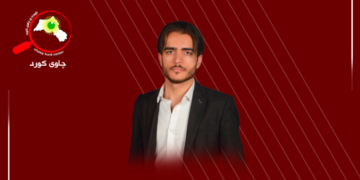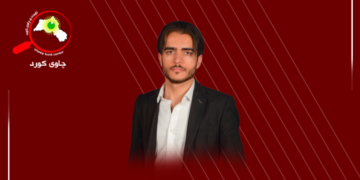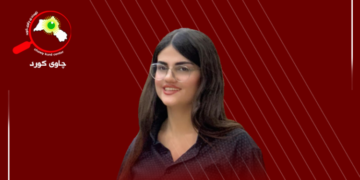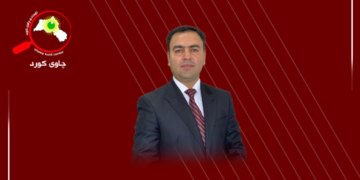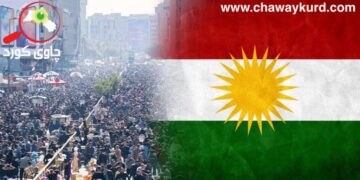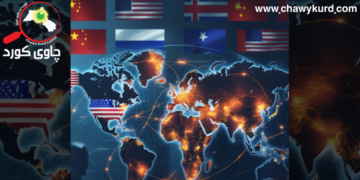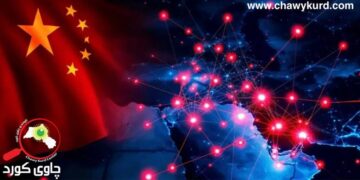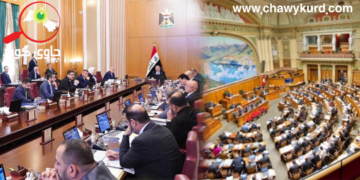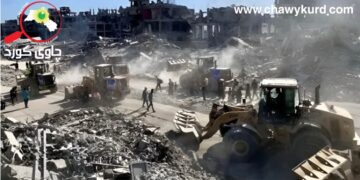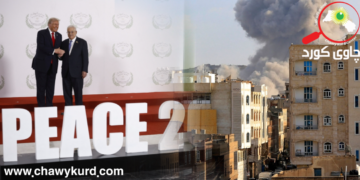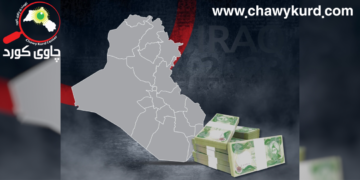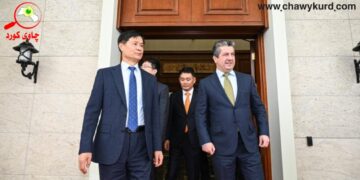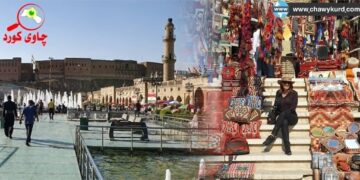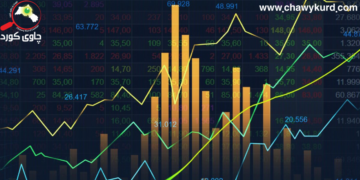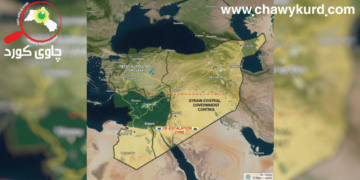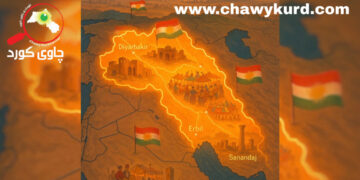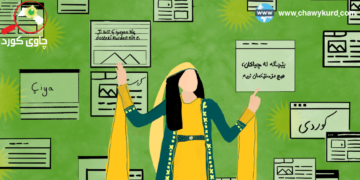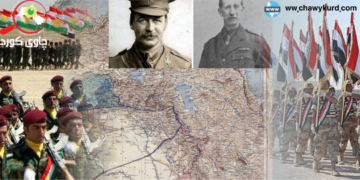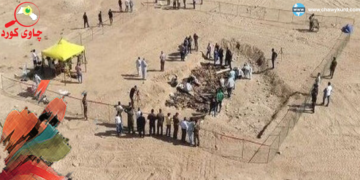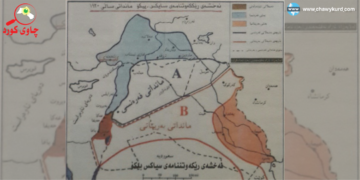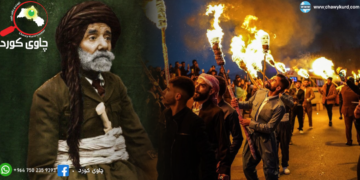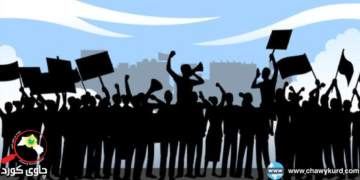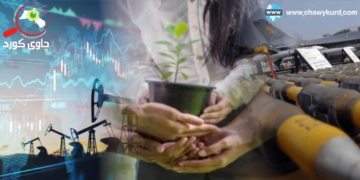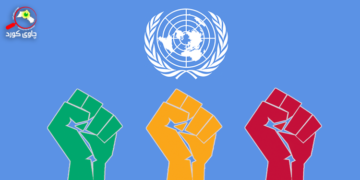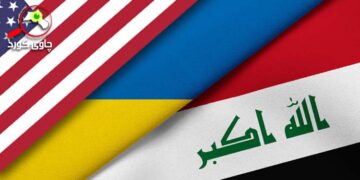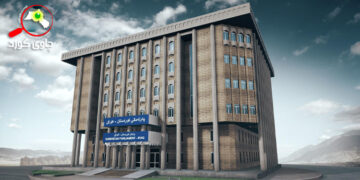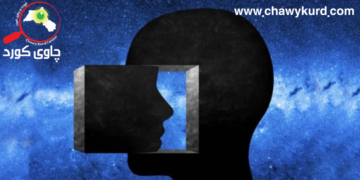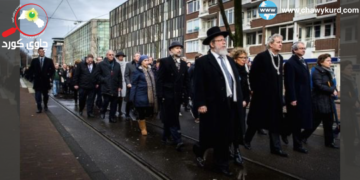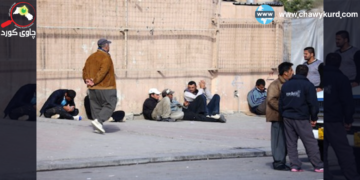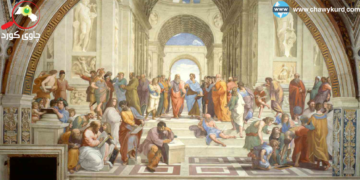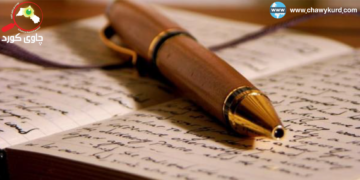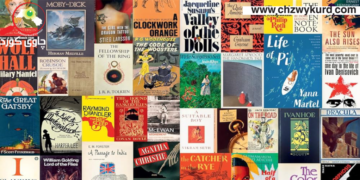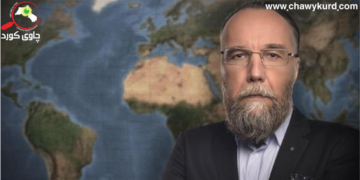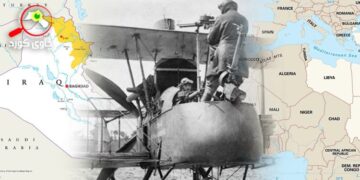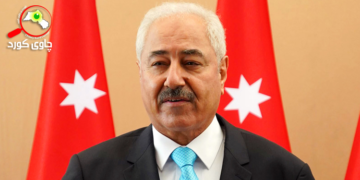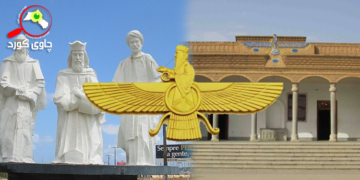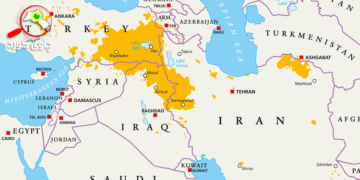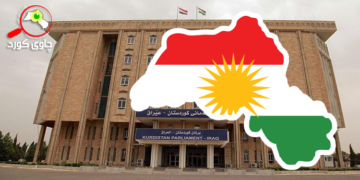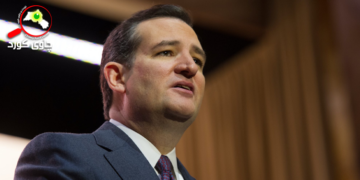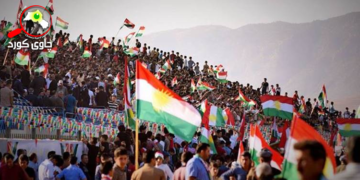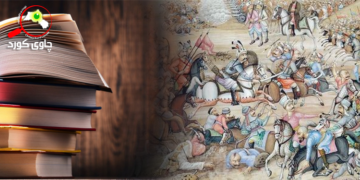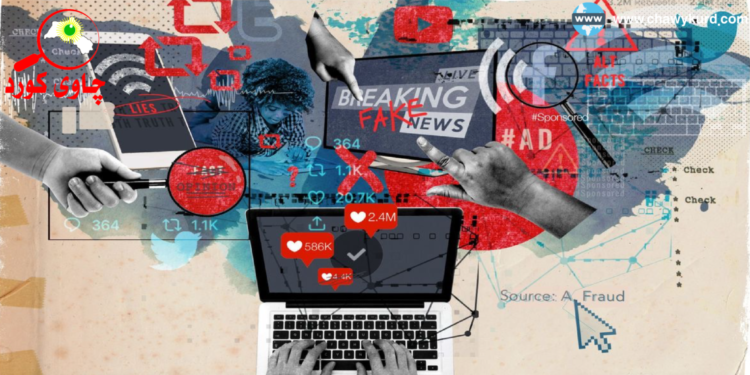Introduction
The proliferation of disinformation and misinformation within the Kurdistan Region’s media landscape poses significant threats to public trust, societal cohesion, and policy-making. This analysis explores the drivers, impacts, and strategies to mitigate these phenomena, emphasizing the importance of a fact-based, accountable, and transparent media environment. This analysis outlines actionable steps to combat a critical issue, fostering informed decision-making and policy development in the Kurdistan Region.
1. Context and Challenges
1.1. Definition and Scope
Disinformation refers to false information deliberately spread to deceive, while misinformation encompasses unintentional inaccuracies. Both thrive in the Kurdistan Region due to limited media literacy, weak regulatory frameworks, and political polarization.
1.2. Current Media Landscape
The Kurdistan Region boasts a robust media sector with 127 local channels, 30 satellite channels, 176 radio stations, 121 websites, and 988 newspapers and magazines. Despite this diversity, the media landscape is heavily influenced by political affiliations, with many outlets linked to political parties.
1.3. Drivers of Disinformation and Misinformation
Key contributors include:
Digital Media Usage: The Kurdistan Region has a high social media penetration rate of approximately 62% in 2023 (Statista, 2023), creating fertile ground for unverified content.
Political Influence: Media outlets often align with political factions, leading to biased reporting and amplification of disinformation.
Lack of Media Literacy: A 2022 survey by the Kurdistan Journalists Syndicate found that 48% of respondents could not distinguish between verified and false news.
1.4. Impact on Society and Governance
Erosion of Trust: A 2023 study by the Kurdish Institute for Public Opinion showed that 67% of citizens distrust news sources.
Policy Disruption: False narratives have previously influenced public discourse on critical issues like reforms and governance.
2. Monitoring and Numerical Data Analysis
2.1. Social Media Trends
An analysis of 50 trending hashtags in 2024 reveals that 22% were linked to disinformation campaigns, particularly during election periods. Platforms like Facebook and Telegram are primary vectors, with false narratives spreading 30% faster than verified news (Digital Rights NGO, 2024).
2.2. Case Studies
Election 2024: False claims about voter fraud on Twitter garnered over 120,000 interactions, undermining electoral integrity. These narratives were especially prevalent during the campaign and post-election periods, impacting public trust in the democratic process.
COVID-19 Misinformation: Fake cures and conspiracy theories led to a 15% decrease in vaccine uptake in 2022 (World Health Organization, 2022).
2.3. Media Literacy Gaps
A survey of 1,000 residents conducted by the Media and Information Network in the Kurdistan Region found that 56% rely solely on social media for news, often without cross-referencing sources.
3. KRG’s Efforts to Combat Disinformation
In July 2023, the KRG launched the Sako platform, a medium designed to debunk misinformation and fake news related to government affairs. This initiative aims to provide fact-based information to the public and counteract false narratives. The platform includes a WhatsApp Community for journalists and ministry spokespersons to access up-to-date and verified information.
4. Policy Recommendations
4.1. Strengthening Media Regulation
Establish an Independent Media Oversight Body: Ensure impartial enforcement of anti-disinformation policies.
Transparency Requirements: Mandate disclosure of funding sources and affiliations for media outlets.
4.2. Promoting Media Literacy
Educational Campaigns: Collaborate with NGOs to integrate media literacy into school curricula.
Community Workshops: Train citizens to identify and report disinformation.
4.3. Leveraging Technology
Fact-Checking Platforms: Develop AI-driven tools for real-time verification of viral content.
Collaborations with Social Media Platforms: Work with Facebook and Twitter to flag and remove false content.
4.4. Strengthening Journalism Ethics
Encourage adherence to the Kurdish Journalists’ Code of Ethics through workshops and professional certifications.
5. Implementation Strategy
5.1. Stakeholder Collaboration
Engage government agencies, media outlets, NGOs, and tech companies to ensure a holistic approach.
5.2. Phased Approach
Phase 1 (2024-2025): Launch pilot projects on media literacy in urban areas.
Phase 2 (2026): Scale initiatives region-wide, integrating advanced monitoring tools.
6. Conclusion
Countering disinformation and misinformation in the Kurdistan Region requires a multi-pronged strategy involving regulation, education, technology, and ethical journalism. Effective implementation will safeguard public trust, enhance governance, and foster a resilient media ecosystem.
References
- Digital Rights NGO. 2024. Social Media Disinformation Trends. Erbil.
- Kurdish Institute for Public Opinion. 2023. Survey on Media Trust in the Kurdistan Region.
- Kurdistan Journalists Syndicate. 2022. Media Literacy in the Kurdistan Region.
- 2023. “Social Media Penetration in the Kurdistan Region.” Accessed December 8, 2024. https://www.statista.com.
- World Health Organization. 2022. COVID-19 Vaccine Uptake in the Kurdistan Region. Geneva.
- Kurdistan Regional Government. “Kurdistan Region: A Beacon of Media Freedom and Journalistic Excellence.” November 23, 2023. [Link](https://gov.krd/dmi-en/activities/news-and-press-releases/2023/november/kurdistan-region-a-beacon-of-media-freedom-and-journalistic-excellence/)
- Kurdistan 24. “KRG launches fake news busting platform.” Accessed December 8, 2024. [Kurdistan 24](https://www.kurdistan24.net/en/story/392109).
- Carnegie Endowment for International Peace. “Countering Disinformation Effectively: An Evidence-Based Policy Guide.” Published January 31, 2024. [Carnegie Endowment](https://carnegieendowment.org/research/2024/01/countering-disinformation-effectively-an-evidence-based-policy-guide).
- Middle East Institute. “Partisan press: The dominance of party-backed media in Iraq’s Kurdistan Region.” Published January 26, 2024. [Middle East Institute](https://www.mei.edu/publications/partisan-press-dominance-party-backed-media-iraqs-kurdistan-region).

